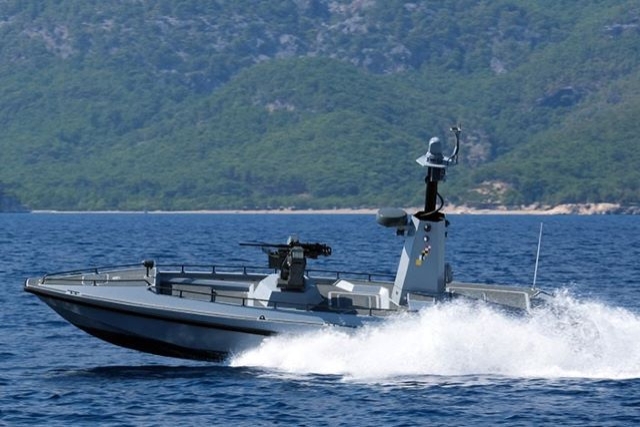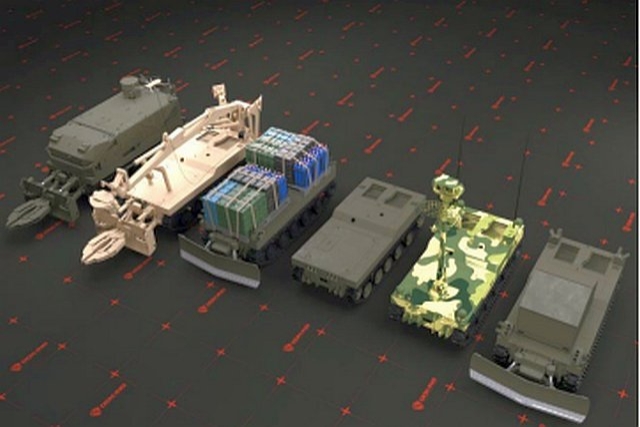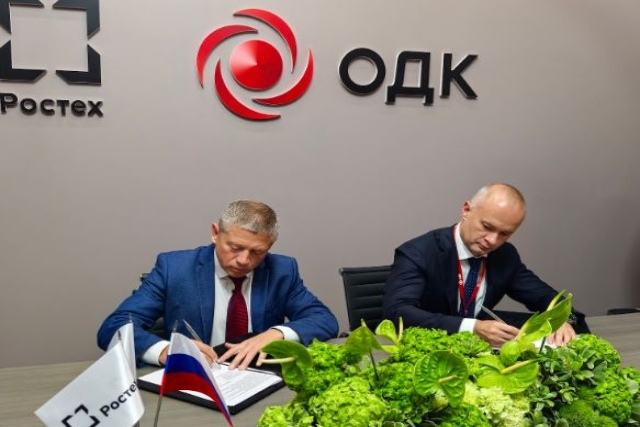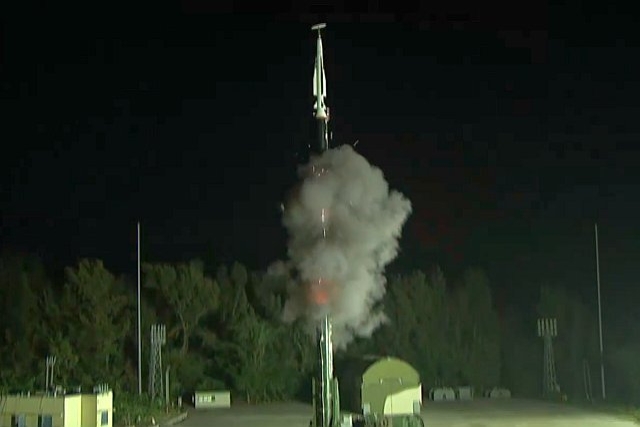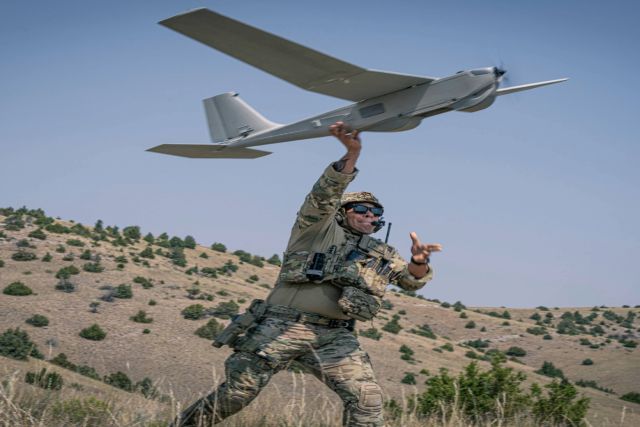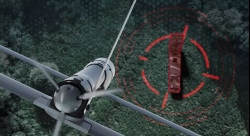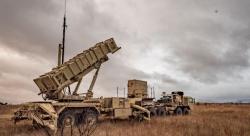European iMUGS2 Project Proposal Targets Next-Generation Unmanned Ground Systems for Battlefield Deployment by 2030
Building on the iMUGS program, iMUGS2 seeks to deliver modular, cost-effective autonomous systems to enhance European military capabilities
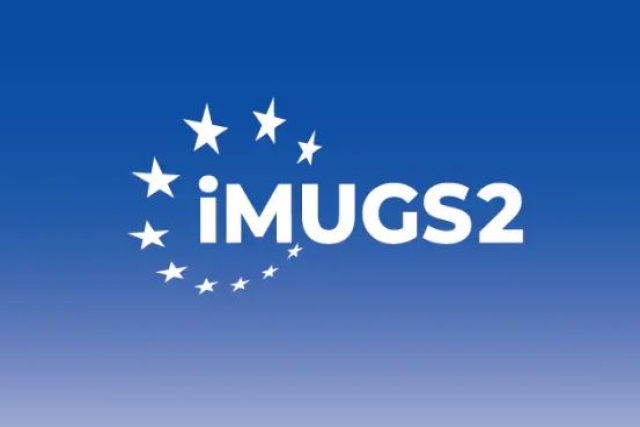
The iMUGS2 Consortium has submitted a proposal to the European Defence Fund (EDF) in response to the EDF-2024-DA-GROUND-UGS-STEP call, aiming to develop next-generation Multipurpose Unmanned Ground Systems (UGS) for European forces.
Building on the Integrated Modular Unmanned Ground System (iMUGS) project, which was completed in 2023, iMUGS2 focuses on fielding robotic systems to enhance military effectiveness across diverse European terrains. The expanded consortium now includes 29 partners from 15 European Union member states, encompassing a mix of large industries, mid-sized companies, small and medium-sized enterprises, and research institutions.
The original iMUGS program laid the groundwork by introducing a modular, open System-of-Systems (SoS) architecture for robotic warfare capabilities, incorporating autonomous functions, cybersecurity measures, and improved command and control. Key achievements included advancements in cooperative behaviors like swarming, enhanced communication technologies, and cyber-resilient systems. iMUGS concluded its three-year run in 2023, demonstrating its results through trials in member states including Estonia, Finland, and France.
With iMUGS2, the consortium plans to further advance these technologies, transitioning from experimental UGS to a fully deployable SoS solution by 2030. It aims to create a European standard for unmanned and optionally manned ground platforms, facilitating integration with both legacy and new military systems. The consortium, which now includes organizations such as Milrem Robotics, Diehl Defence, and Cybernetica, intends to strengthen European military capabilities, reduce dependency on non-European suppliers, and promote cross-border interoperability.
iMUGS2 Objectives
iMUGS2 seeks to accomplish three main outcomes by leveraging advancements from iMUGS and related European research initiatives:
Combat-Ready UGS Development: The project will produce operationally deployable UGS units, mature for national procurement and integration into European defense forces by 2030. These units will be tested in a 72-hour operational trial, demonstrating their reliability and combat effectiveness.
Operational Concepts and Battalion-Level Integration: iMUGS2 aims to develop concepts integrating unmanned ground and aerial systems (UAS) with infantry battalion operations. These systems are expected to support dismounted, mechanized, and motorized units in various roles, including intelligence, surveillance, target acquisition, and reconnaissance (ISTAR), alongside improved situational awareness, mobility, and survivability.
Modular Architecture and System Interoperability: The enhanced modular SoS architecture will facilitate efficient integration with European military systems, utilizing a Through Life Capability Management (TLCM) framework.
Consortium Composition and Partners
The iMUGS2 consortium includes entities from diverse sectors, such as AVL List, Bittium Wireless, Czech Technical University in Prague, and others, who bring expertise in areas critical to the project. The inclusion of these new members, alongside all original iMUGS partners, has doubled the consortium's size, reflecting widespread support and commitment to the project’s objectives.
By involving organizations such as the Royal Military Academy of Belgium, Kongsberg Defence & Aerospace, and Safran Electronics & Defense, iMUGS2 emphasizes interoperability among EU member states.
